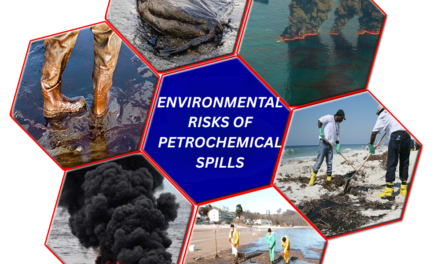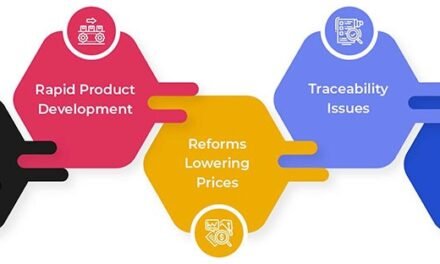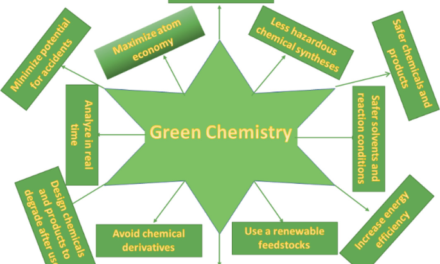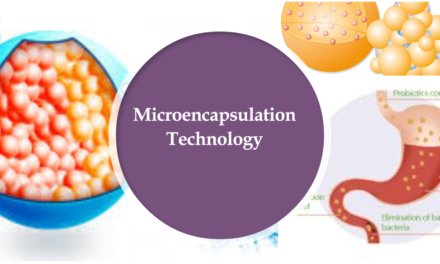The production of synthetic rubbers is evolving rapidly, driven by advancements in materials science, environmental considerations, and the demand for high-performance applications. These trends focus on sustainability, efficiency, and innovation, impacting industries such as automotive, construction, healthcare, and electronics. Below are the latest trends in the production of synthetic rubbers:
1. Sustainable and Bio-Based Alternatives
- Bio-Based Feedstocks:
- Transition from petrochemical to bio-based raw materials for producing synthetic rubbers.
- Examples:
- Bio-butadiene derived from renewable resources like sugarcane or corn.
- Natural oil-based monomers for bio-sourced isoprene rubber (IR) and styrene-butadiene rubber (SBR).
- Recycled Materials:
- Incorporation of recycled rubber or polymers in synthetic rubber production.
- Example:
- Devulcanization technologies enable reusing scrap rubber in tire manufacturing.
2. Advanced Polymerization Techniques
- Controlled Polymerization:
- Techniques like anionic polymerization and RAFT (Reversible Addition-Fragmentation chain Transfer) allow precise control over molecular weight and structure.
- Impact:
- Enhanced performance characteristics, including strength, elasticity, and wear resistance.
- Catalyst Innovations:
- Development of high-activity and selective catalysts improves efficiency and reduces energy consumption.
- Example:
- Zeolite and metallocene catalysts for eco-friendly production processes.
3. Functionalized Synthetic Rubbers
- Improved Adhesion and Performance:
- Functional groups are incorporated into polymer chains to enhance properties like adhesion, durability, and compatibility with other materials.
- Example:
- Functionalized SBR in tire treads improves wet grip and rolling resistance.
- Smart Rubbers:
- Development of self-healing and responsive rubbers that adapt to environmental stimuli.
- Example:
- Thermoplastic elastomers (TPEs) with self-healing capabilities.
4. Green Manufacturing Processes
- Energy-Efficient Production:
- Adoption of processes that reduce energy consumption and greenhouse gas emissions.
- Example:
- Emulsion polymerization in water-based systems for SBR production.
- Reduction of Volatile Organic Compounds (VOCs):
- Use of low-VOC or solvent-free processes to minimize environmental impact.
- Carbon-Neutral Operations:
- Integration of renewable energy sources and carbon capture technologies in synthetic rubber plants.
5. High-Performance Rubber Grades
- Enhanced Tire Materials:
- Synthetic rubbers with improved wet traction, fuel efficiency, and wear resistance for next-generation tires.
- Example:
- Advanced butadiene rubber (BR) and SBR formulations for electric vehicle (EV) tires.
- Extreme Environment Applications:
- Specialty rubbers for aerospace, oil & gas, and medical applications with superior resistance to heat, chemicals, and abrasion.
- Example:
- Fluoroelastomers and silicone rubbers.
6. Digital Integration and Smart Manufacturing
- Industry 4.0:
- Smart factories equipped with IoT sensors, AI, and machine learning optimize synthetic rubber production.
- Impact:
- Improved process monitoring, reduced waste, and enhanced quality control.
- Digital Twin Technology:
- Simulation models for rubber production processes enable real-time optimization and predictive maintenance.
7. Regional Diversification
- Asia-Pacific Leadership:
- The region dominates synthetic rubber production due to strong demand from automotive and industrial sectors in China, India, and Southeast Asia.
- Localized Production:
- Growth in synthetic rubber plants in emerging markets to meet regional demand and reduce supply chain risks.
8. Regulation-Driven Innovation
- Compliance with Environmental Standards:
- Stricter regulations on emissions and chemical usage push manufacturers to adopt cleaner technologies.
- Recyclability Focus:
- Development of synthetic rubbers designed for easier recycling and end-of-life management.
9. Expansion of Applications
- Electric Vehicles (EVs):
- High-performance synthetic rubbers tailored for lightweight components, seals, and specialized tires.
- Healthcare and Hygiene:
- Growth in medical-grade rubbers like nitrile rubber (NBR) for gloves, tubing, and seals.
- Electronics:
- Conductive and insulating rubbers for flexible electronics and wearables.
10. Key Challenges and Solutions
- Raw Material Costs:
- Volatility in the prices of petrochemical feedstocks.
- Solution: Adoption of alternative feedstocks and long-term supplier agreements.
- Recycling and Waste Management:
- Limited infrastructure for rubber recycling.
- Solution: Investment in devulcanization technologies and closed-loop systems.
11. Future Innovations
- Nanotechnology Integration:
- Nanomaterials like graphene and carbon nanotubes enhance mechanical and thermal properties.
- Hybrid Rubbers:
- Combining synthetic rubbers with natural rubber or other polymers for tailored properties.
- Dynamic Bonding:
- Reversible covalent bonds in rubbers for enhanced durability and reprocessability.
Conclusion
The production of synthetic rubbers is evolving toward greener, more efficient, and high-performance solutions. Driven by sustainability goals, technological advancements, and expanding applications, synthetic rubber manufacturers are innovating to meet global demand while addressing environmental challenges. These trends position synthetic rubbers as a cornerstone material in industries adapting to modern performance and sustainability standards.
Hashtags
#SyntheticRubbers #RubberIndustry #RubberProduction #RubberInnovation #AdvancedMaterials #RubberMarketTrends #GlobalRubberIndustry #SyntheticRubberDemand #IndustrialRubberGrowth #FutureOfRubber #TechInRubberProduction #RubberManufacturingTech #SmartRubberMaterials #InnovativeRubberSolutions #AdvancedRubberTech #GreenRubbers #EcoFriendlyMaterials #SustainableRubberProduction #RecyclableRubber #LowCarbonRubbers #RubberInAutomotive #IndustrialRubberApplications#RubberForConstruction#ElectronicsRubbers#AerospaceRubberSolutions #HighPerformanceRubber #DurableMaterials #RubberForExtremeConditions #WearResistantRubbers #SmartRubberApplications

















